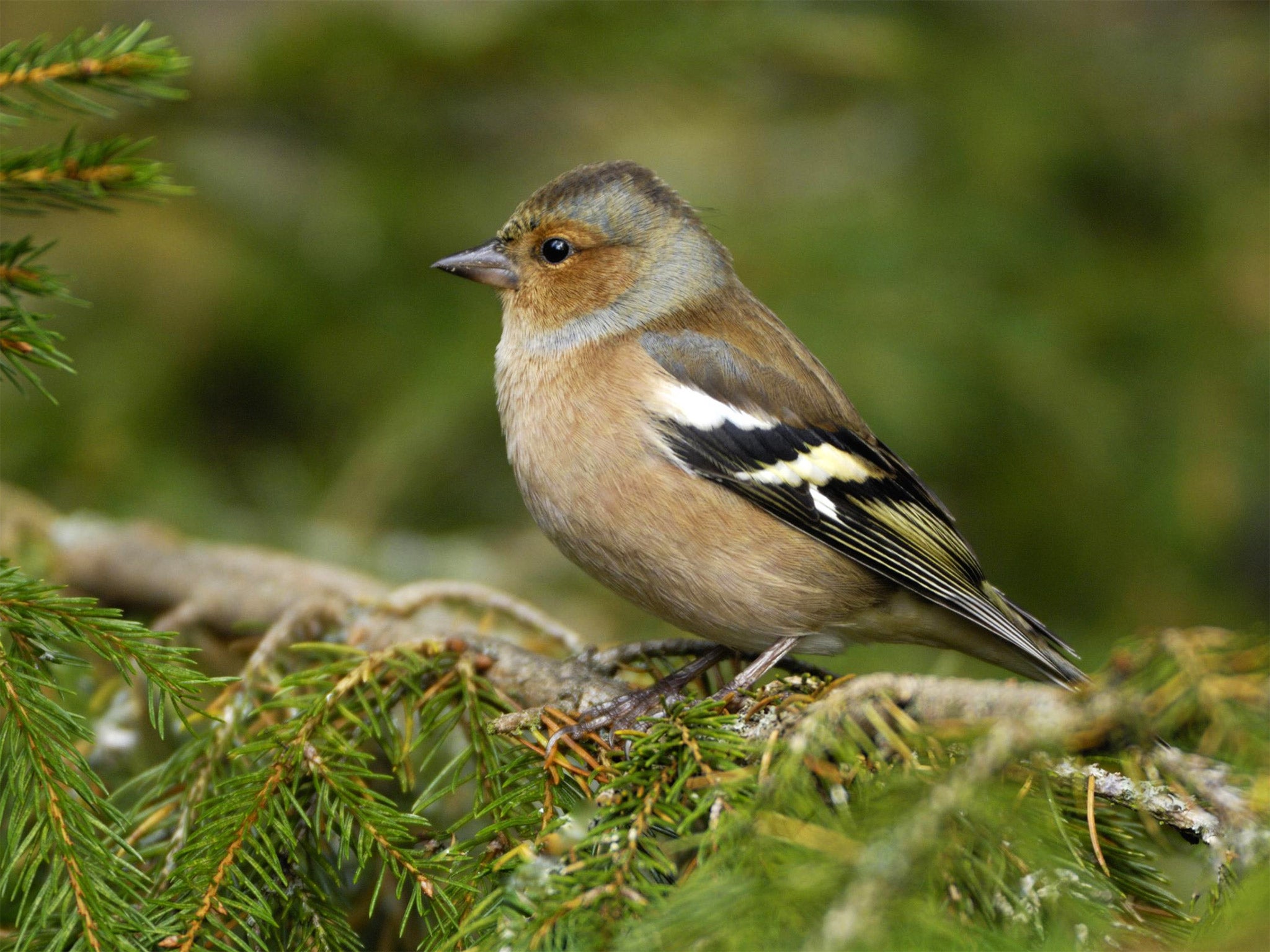Big Garden Birdwatch: An abundance of garden birds – but where are all the finches?
585,000 people took part in the annual Birdwatch and the results are now in

British gardens have had a good winter for birds overall as the cold snap made them more reliant on the food and shelter they offered – but it was a bad one for spotting finches, according to a new survey by the RSPB.
More than 585,000 people took part in the RSPB’s annual Big Garden Birdwatch, spending an hour counting the number of birds in their garden or local park on 24 and 25 January.
The participants found that most birds were more abundant than last winter, with an increase in the number of sightings for 17 of the top 20 most-seen birds – the exceptions being the three finches; the chaffinch, the goldfinch and the greenfinch.
The decline in finch numbers in gardens is thought to be down to a good supply of seeds in the wider countryside because of a good summer last year, which means there is less need for the birds to come into gardens to find food.
But other birds came to the gardens in droves.
“Many garden birds are in desperate need of our help. During winter, birds need extra food and water, a safe place to shelter and make their home,” said the RSPB’s conservation scientist Dr Daniel Hayhow.
“The weather can have varied effects on different groups of birds in terms of behaviour and habitats used. This year, a better seed supply in the countryside for finches means that we saw fewer visiting our gardens. On the other hand, during the cold spell, birds like blue tit and robin would still be more reliant on food in our gardens,” he added.
But the 17 per cent drop since last year in the number of gardens visited by greenfinches is also thought to be down to the continuing problem of trichomonosis disease, which has killed a high proportion of the population. This brings their decline since 1979 to 53 per cent.
The top four locations for greenfinches were all islands, the Orkneys, Isle of Scilly, Eilean Siar and Isle of Anglesey, suggesting the disease has not reached those areas.
The RSPB urged nature lovers to keep bird tables and feeding stations regularly cleaned to prevent the spread of trichomonosis.
The survey draws a distinction between how widespread a bird was – the percentage of gardens they were seen in – and the average number spotted per garden.
The number of robins seen in the average garden was up to its highest since 2011, helping the bird climb three places in the annual rankings to seventh place.
The number of blackbirds was also up, with the species climbing to third place in terms of the average number per garden. Meanwhile, the species was the most widespread bird, being spotted in more than 91 per cent of gardens. The sparrow remains the most spotted bird, with an average of 4.25 seen per garden.
Long-term decline in sparrows appears to have slowed, the RSPB said, but experts were still concerned about the species, which had seen a 58 per cent fall in average numbers since 1979.
Subscribe to Independent Premium to bookmark this article
Want to bookmark your favourite articles and stories to read or reference later? Start your Independent Premium subscription today.

Join our commenting forum
Join thought-provoking conversations, follow other Independent readers and see their replies